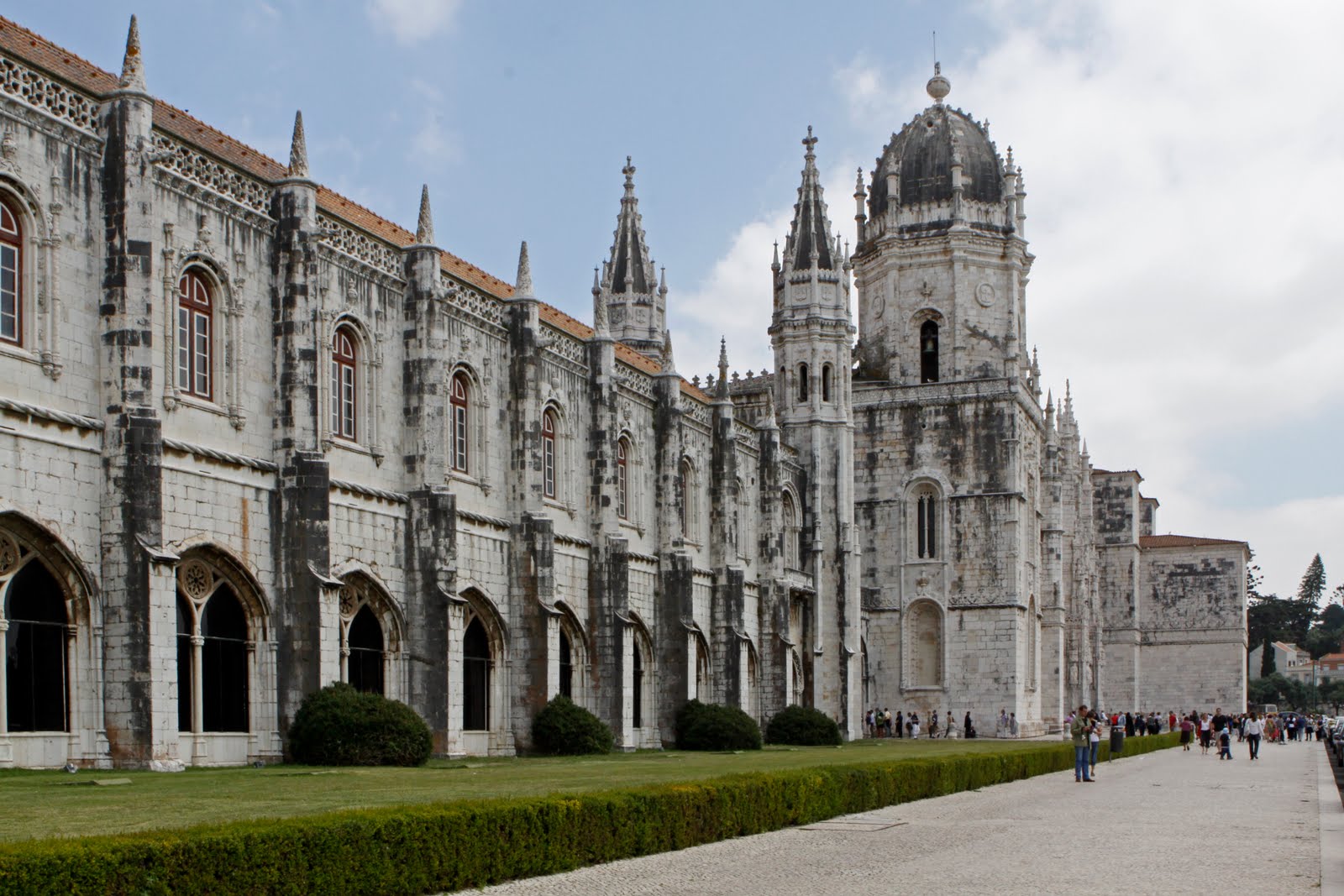
Built in the 16th century, the Monastery of Jerónimos is an impressive example of Manueline architecture and is a World Heritage site.
A small chapel – Saint Mary of Bethlehem – was built on the orders of the Prince Henry on the site of what is now the Mosteiro dos Jerónimos. It was king Manuel I who ordered the construction of the Monastery and its endowment to the Ordem dos Frades de S. Jeronimo (Order of the Friars of Saint Jerome). The sheer magnificence of the building reflects the universal vision of its founder and the scale of the wealth available to the Crown.
The construction began in 1502 with its initial outline the work of architect Boytac. The project would be continued by others, specifically João de Castilho and towards the middle of the century, by Diogo de Torralva. In the Monastery, classified World Heritage in 1983, attention is inevitably drawn to the facades, the Church and the Cloisters.
The southern façade’s main attraction is the entranceway executed by João de Castilho. Pay attention to how the central figures are organised: down below Prince Henry guards the entrance, in the middle, the Virgin of Bethlehem blesses the monument and completing off the doorway there is the Archangel Gabriel, the protector of Portugal. The western door, heading into the place of worship, was the work of Nicolau Chanterenne. To the left, there is a statue of King Manuel watched over by saint Jerome, believed to be a faithful portrayal, and to the right, queen Maria protected by saint John the Baptist.
On the interior, there is the main church, a masterpiece of the Manueline style and the work of João de Castilho. Note how the beautiful transept vaults are not supported by any column, an ambitious approach by the Portuguese architect. On entry, beyond the lower choral chambers, there are the tombs of the poet Luís de Camões, author of the epic masterpiece Os Lusíadas, and Vasco da Gama, commander of the armada that set sail for India in 1497, completing the first such naval voyage in history. In the lateral chapels there are kings, princes and other descendants of king Manuel I. In the main chapel, rebuilt by Jerónimo de Ruão, there are the tombs of the kings Manuel I and João III and their respective wives. The sacrarium in beaten silver is a prime example of mid-17th century Portuguese jewellery.